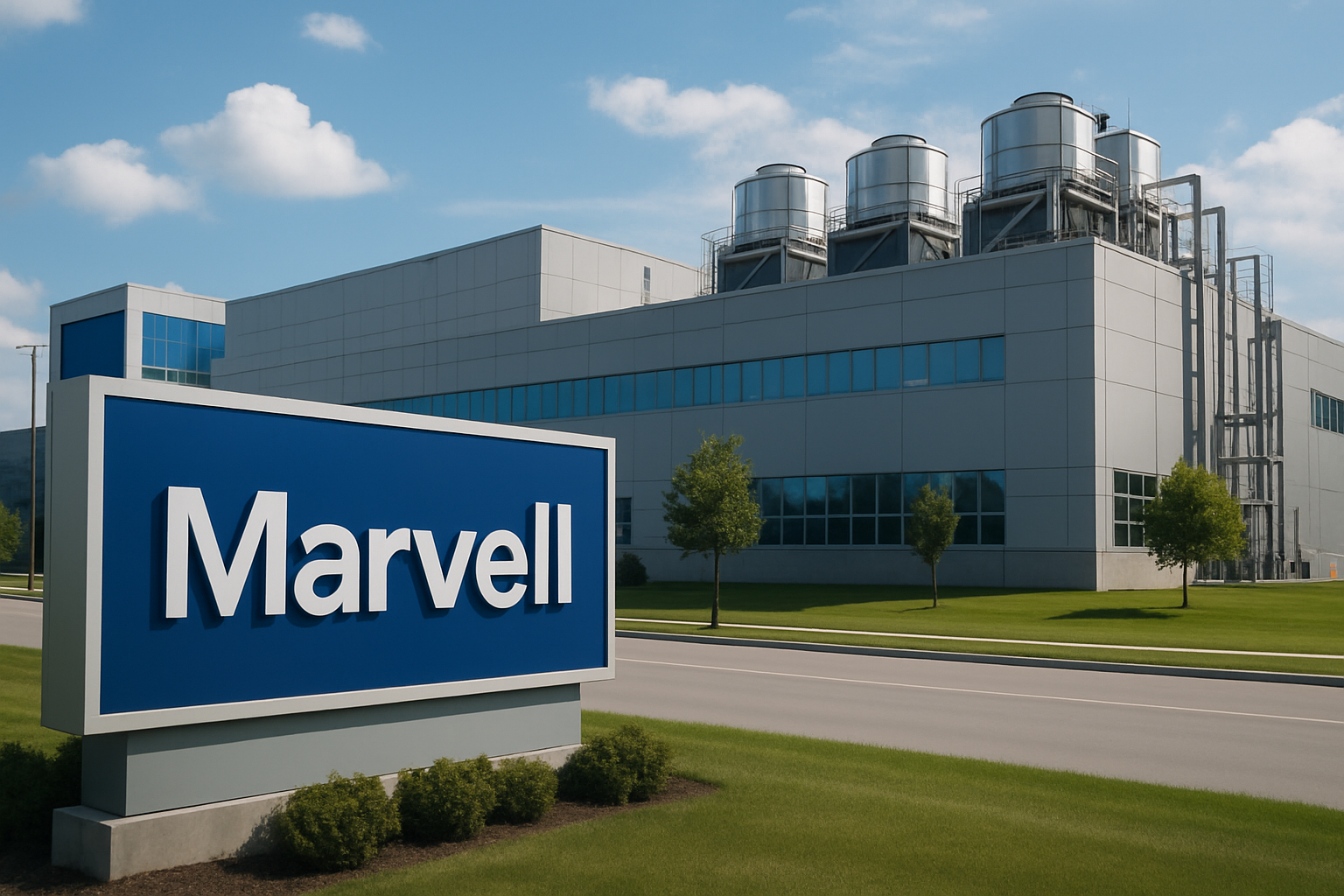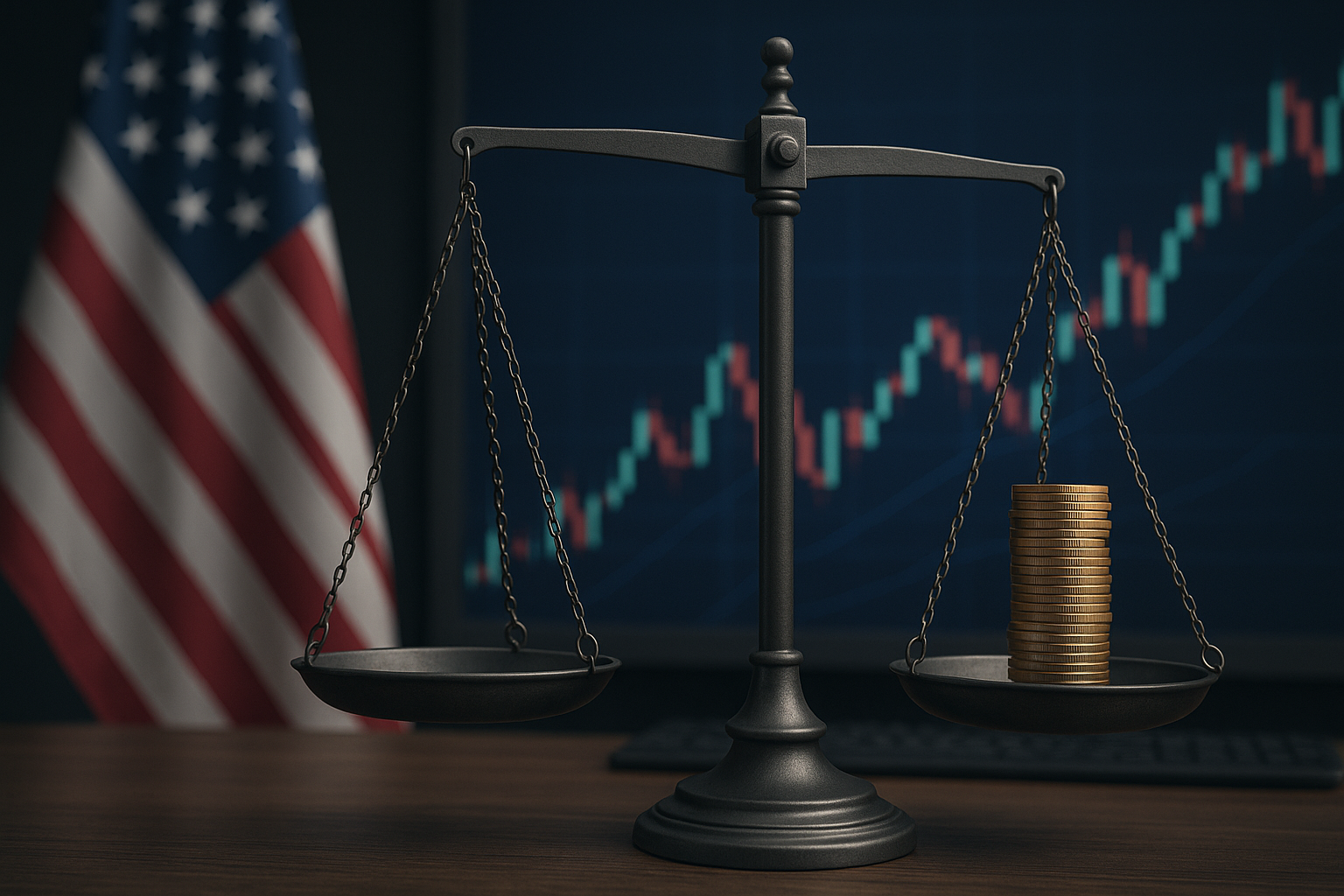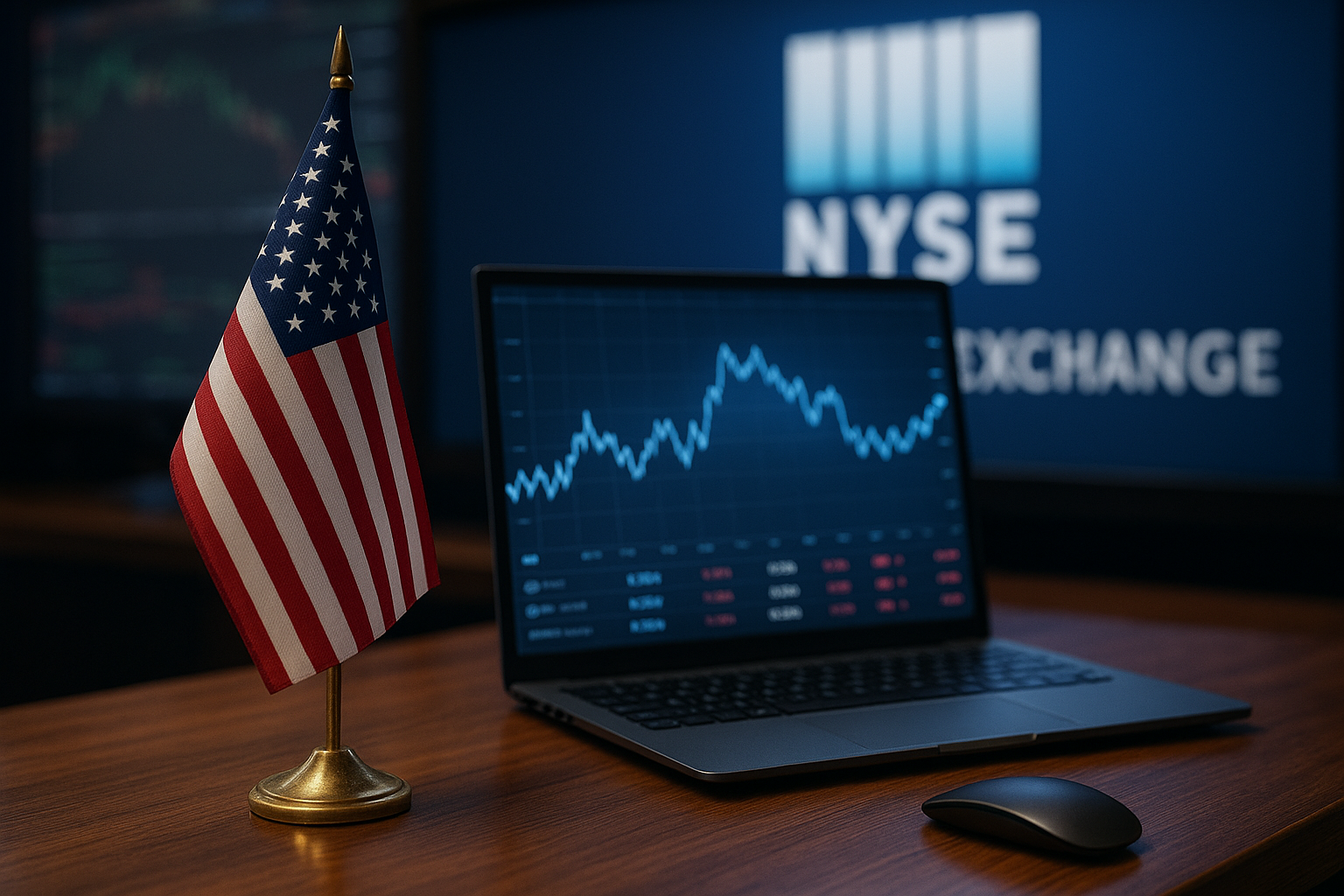Resilient Corporate Spending Suggests U.S. Economic Confidence Remains Strong Despite Trade Headwinds
For months, Wall Street has been bracing for a pullback in corporate capital expenditures (CapEx), fearing that trade tensions, higher interest rates, and global uncertainty would put the brakes on business investment. But recent data reveals a different story: corporations are not only maintaining their CapEx budgets—they’re expanding them.
According to InvestmentNews and recent Q1 2025 earnings reports, major companies across sectors are boosting spending on equipment, infrastructure, and automation, defying bearish projections that business investment would stall. This resilience signals that firms remain confident in long-term economic prospects—an encouraging sign for investors looking to position themselves in the second half of the year.
Corporate Confidence Defies Market Anxiety
Contrary to forecasts that rising geopolitical tensions and tighter monetary policy would chill corporate investment, recent figures show that capital expenditure among S&P 500 firms rose 4.8% year-over-year in Q1 2025. Companies like Caterpillar, Microsoft, and United Parcel Service (UPS) reported increased spending on infrastructure, AI-driven tech, and logistics capacity.
In particular, sectors such as industrials, semiconductors, and cloud infrastructure are seeing higher CapEx allocation, with several executives citing strategic expansion, supply chain modernization, and technology upgrades as key priorities.
For instance, General Electric has accelerated investment in renewable energy components, while Amazon Web Services announced a multibillion-dollar expansion of its data centers across North America and Europe.
These developments contradict the earlier Wall Street narrative that trade disputes and economic uncertainty would lead to deferred spending.
Why This Matters for Investors
Capital expenditure is a forward-looking metric. When companies increase CapEx, it usually reflects confidence in future revenue growth, expansion plans, and competitive positioning. As a result, it serves as a barometer for overall corporate health and broader economic momentum.
- Sectors Positioned to Benefit: Industrial automation, construction equipment, semiconductor manufacturing, and cloud infrastructure providers are set to gain from sustained investment cycles.
- Reaffirmed Growth Outlooks: Despite macroeconomic caution, businesses are signaling that demand forecasts remain robust enough to justify long-term asset investment.
- Stock Market Implications: CapEx growth typically correlates with earnings growth 6–12 months later. Companies with strong investment strategies may outperform peers who are more conservative or reactive.
Expert Commentary and Data Points
A recent McKinsey Global Institute report noted that CapEx growth in developed markets is being increasingly driven by digital transformation and infrastructure upgrades. Meanwhile, the Federal Reserve’s Beige Book showed that most U.S. regions reported “moderate to robust” investment in technology and logistics.
According to InvestmentNews, investor sentiment may have mispriced downside risk in certain industrials and tech players. Analyst Dana Fischer commented, “Markets were overly bearish on CapEx. The fundamentals show sustained investment momentum, especially in capital-intensive innovation sectors.”
Future Trends to Watch
- AI and Automation CapEx: Spending on artificial intelligence infrastructure—from GPUs to proprietary software—is expected to outpace traditional IT CapEx by 2026.
- Reshoring and Supply Chain Investment: With ongoing global supply chain recalibrations, U.S. and European manufacturers are investing heavily in domestic facilities.
- Green Transition: Energy companies are ramping up capital outlays on carbon capture, grid modernization, and sustainable energy infrastructure.
These trends suggest that the CapEx narrative is not one of contraction but rather strategic redirection.
Key Investment Insight
For investors, this shift presents an opportunity to re-evaluate positions in industrials, technology infrastructure, and semiconductor equipment. ETFs like XLI (Industrial Select Sector SPDR Fund) and SMH (VanEck Semiconductor ETF) could benefit from continued capital spending growth.
Meanwhile, long-term investors may want to explore individual stocks with robust CapEx-to-sales ratios, strong balance sheets, and visibility into multi-year infrastructure pipelines.
Ignore the Noise—CapEx Tells a Growth Story
Wall Street’s fears about falling corporate investment appear overblown. As recent data shows, companies are pressing ahead with bold capital projects—underscoring their belief in future demand, productivity gains, and strategic positioning.
For investors, the takeaway is clear: look beyond market noise and focus on the underlying business investment cycle, which remains strong. Keep watching MoneyNews.Today for the latest updates, expert insights, and actionable investor guidance in today’s dynamic markets.





